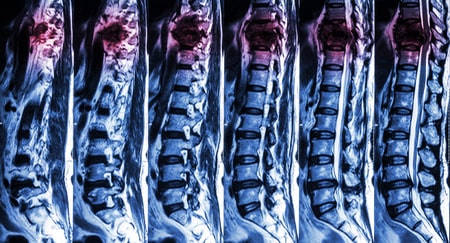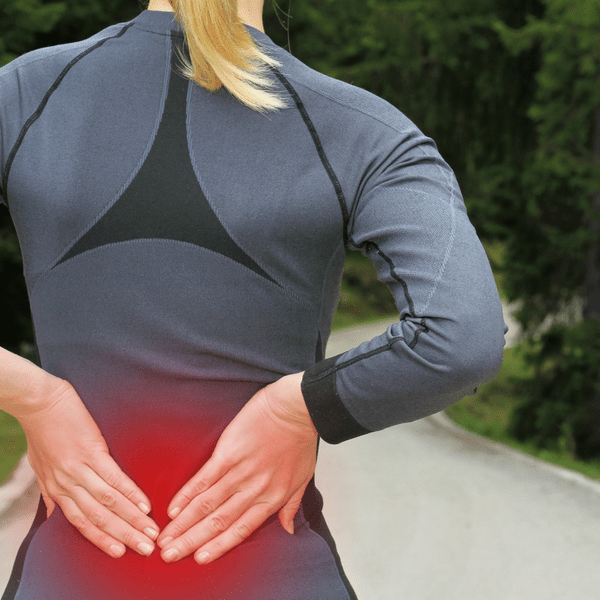For anyone who gets low back pain for the first or hundredth time, it can be scary. For an otherwise healthy person, what reasons could there be to have such agonizing low back pain? As the pain continues to ramp up, so too do our fears about what is wrong with our back in the first place.
Many people will seek out the help of their physician. We turn to our medical experts to help us navigate through those scary and unsure times, especially when it involves low back pain. Sometimes people will get an x-ray in the office and the physician might find little aberrations like arthritis or Degenerative Disk Disease (I hate this diagnosis by the way). Other times when deemed more serious, we patients are sent off for a CT scan or a MRI.
The Aftermath
When the results for the MRI come back it is written in a foreign language we can’t understand. Usually the physician will have us come back to his office a few weeks later so he can read and discuss the findings with us. Typically, he will use lots of scary words like ‘degeneration’ or ‘herniation’ or ‘arthritis.’ At that point we may get some pills and if we already got those last visit, we might get a script for physical therapy and a nudge towards the door. Very rarely, IF EVER, do we get what we really want – an easy to understand explanation of what’s causing our pain and more importantly WHAT CAN WE DO ABOUT IT.
If this blog post is coming off a little cynical to you, it’s because it is intended to be. I am tired of bad news and fear mongering in the healthcare system – something needs to change. So today, I want to explain to you what the bottom line is for you if you are diagnosed with any of the following for your low back pain: disk bulge, disk herniation, disk protrusion, disk extrusion, Schmorl’s node, annular defects or tear, facet arthropathy, spondylolysis, spondylolisthesis, stenosis
What Does That Mean?
There have been several studies that have looked at the low backs of people in various stages of life from young to old who reported having no pain at the time of the MRI. Even though the subjects had no pain, greater than 50% of them had at least one disk bulge and at least 38% of them had an “abnormality” of at least one intervertebral disk. So what does that mean for you? It means that it is very possible and in all likelihood probable that the disk bulge in your back in not causing the pain you are experiencing right now. Furthermore, you probably had that disk bulge long before your back pain ever started.
So why am I so passionate eager to share this information with you? Because I want you to take a deep breath and realize that you are normal. Disk herniation does not equal surgery nor does it even mean it is the cause of your low back pain. What’s even more exciting is that our bodies are fantastic at healing themselves. That alone should make you feel better. While exquisite pictures of our insides can look very compelling, they are far from being definitively diagnostic.
The End Game
Most back pain resolves itself – It’s true. Even that nasty looking disk bulge in your MRI at L4-5 is likely to heal in the next 6-9 months. How cool is that? But you still hurt and still can’t tie your shoes. OK, I get it. If you aren’t willing to wait around for 6-8 weeks to let your back heal on its own, find a local physical therapist who you trust. He or she has been trained to deal with symptoms just like yours and can most likely speed up your recovery and get you back to doing the things you love. If you have questions or concerns about your back, please feel free to contact us at 479-402-9400.




